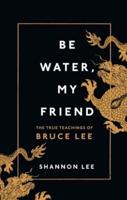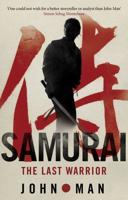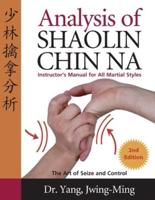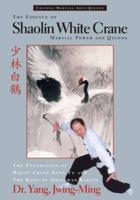Publisher's Synopsis
Jow-Ga Kung Fu, alternatively referred to as Chow Gar Kung Fu, is an ancient martial art with roots in Southern China. It is distinguished by its emphasis on close-range combat, low stances, and swift and forceful attacks.
The aesthetic is a synthesis of two significant influences:
- Jow Family Style: Established by Jow Lung during the late Qing Dynasty (circa the late 1800s), this style places significant emphasis on robust and forceful methodologies. It employs direct and unambiguous techniques, including strikes, kicks, and blocks.
- Hung Ga Style: Alternatively referred to as Hung Gar, this style derives its nomenclature from its progenitor, the Shaolin Kung Fu master Hung Hei-Gun. Hung Ga is renowned for its incorporation of animal-inspired movements, forceful hand strikes, and strong stances.
Jow-Ga Kung Fu integrates components from both of these styles, including dynamic footwork, forceful stances, and strong hand techniques. It emphasizes conditioning, practical applications of self-defense, and the philosophy of traditional Chinese martial arts.
Typical Jow-Ga Kung Fu training consists of conditioning exercises, partner routines, sparring, and the rehearsal of form sequences. Similar to other conventional martial arts, this style places equal emphasis on character development, discipline, and respect in addition to physical training.









